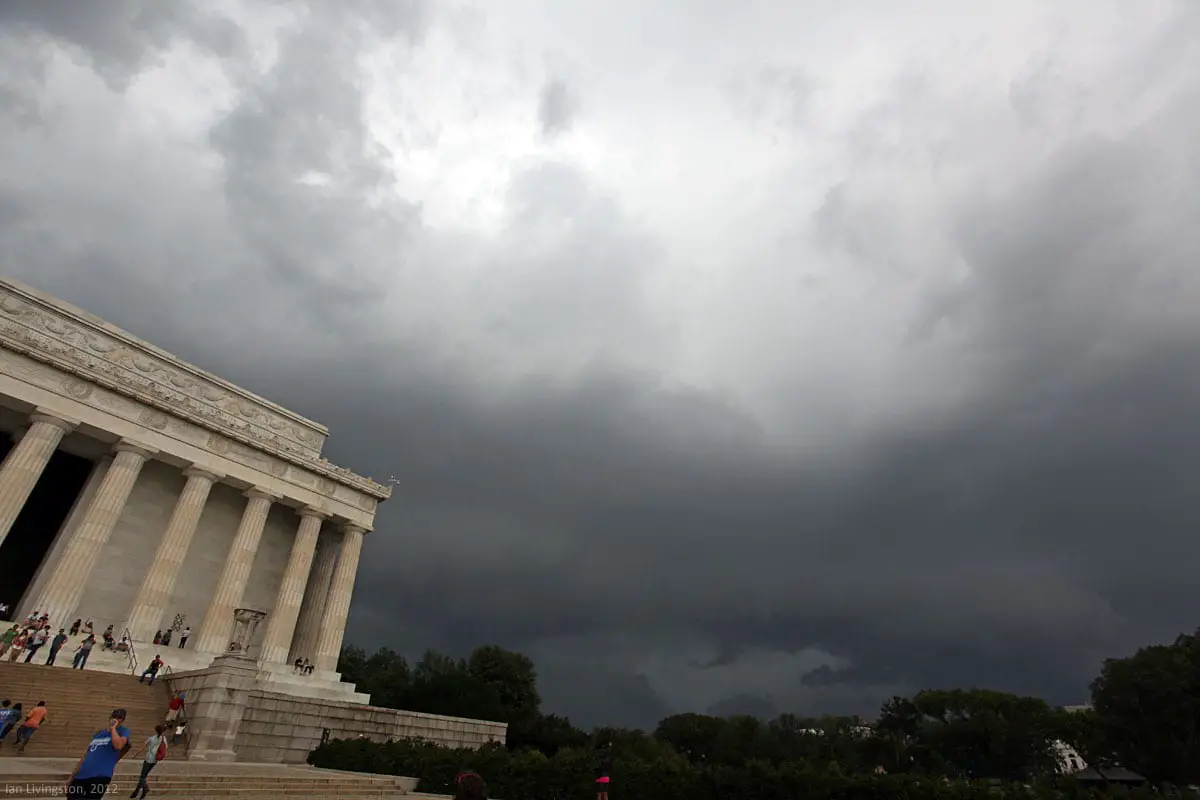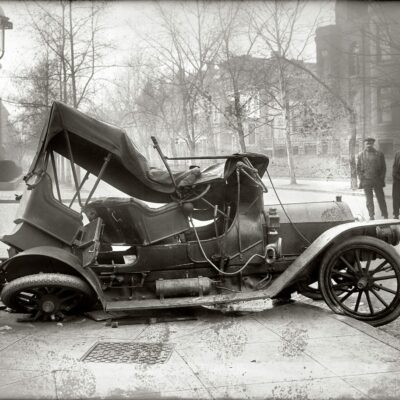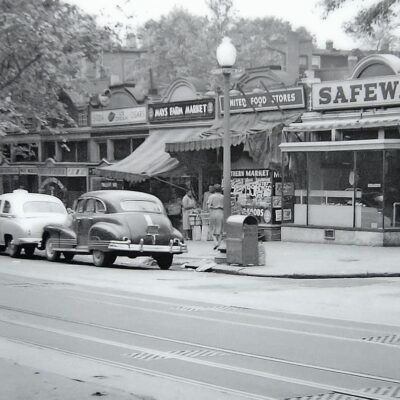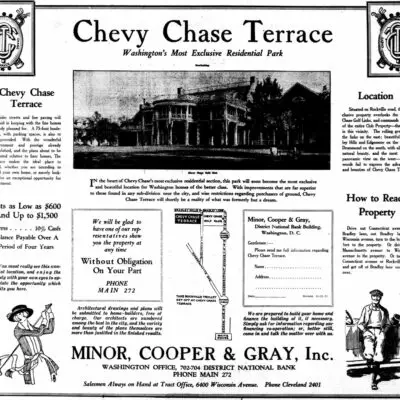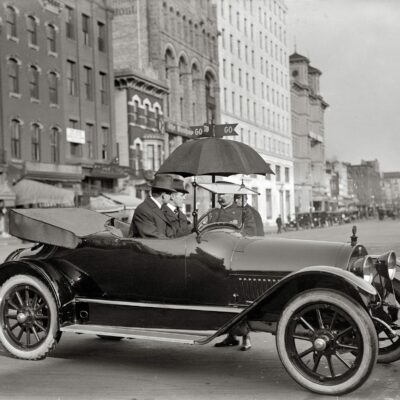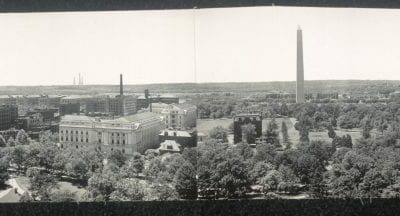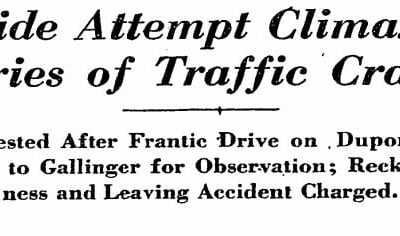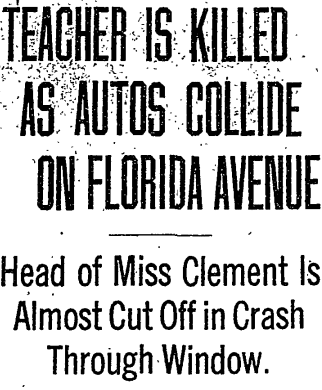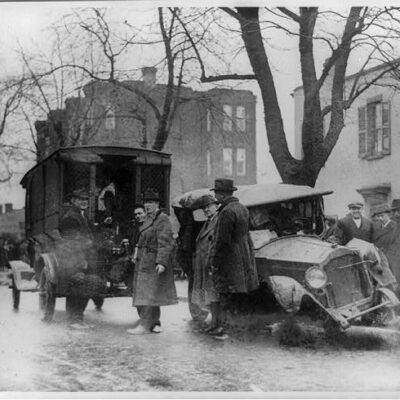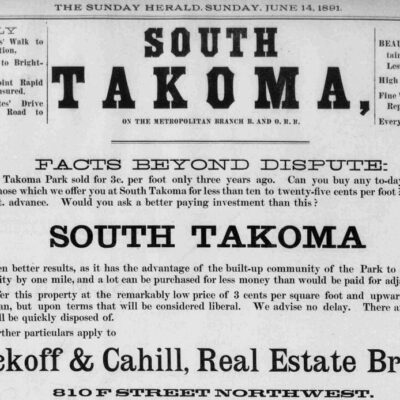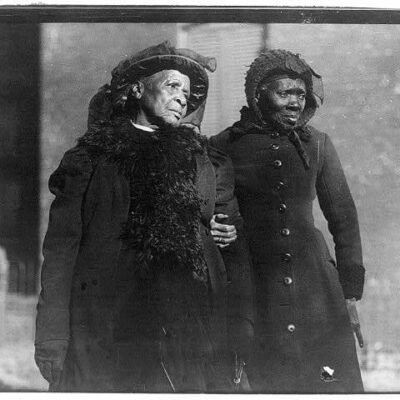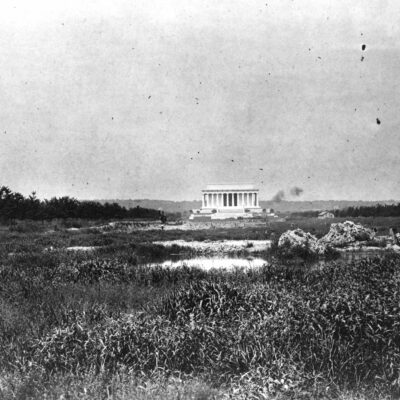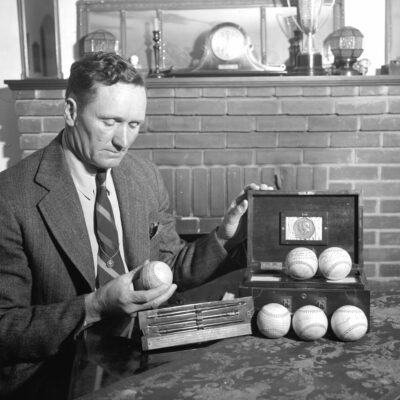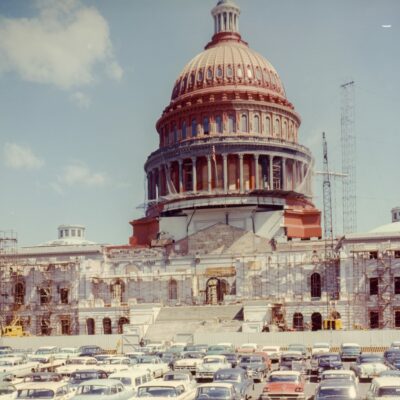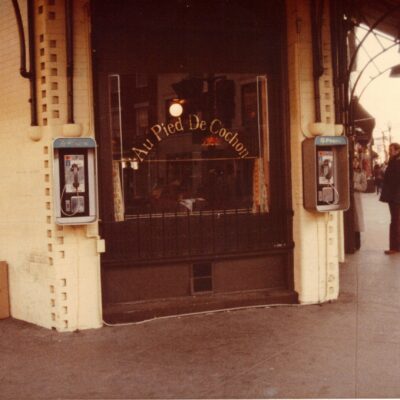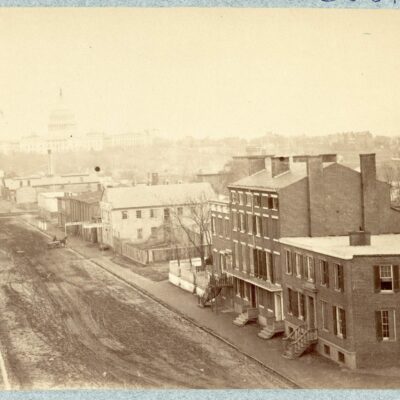As the huddled masses of D.C. sit and brace for the worst of this new Frankenstorm, Ghosts of DC has dug up an even more epic and terrifying storm that crushed Washington in a mere 30 minutes on November 23rd, 1891.
A special dispatch to the Baltimore Sun reported on the storm.
Washington had a terrific half hour of storm at noon today. A dark cloud unrolled in the heavens south of the Washington monument and came with a roar of wind and flood of rain that in a few seconds had spread over the entire city. In all sections unsafe chimneys toppled, insecure tin roofs were carried off to the streets below, awnings were blown into shreds, window blinds were whirled away, the great Metzerott Building was blown down, one of Washington Gaslight Company’s tanks was struck by lightning and exploded and in sections of the city half a mile of streets were strewed with debris. The cloud then passed over toward the Patuxent and Patapsco, the few shreds of clouds were dissipated and the sun shone out cloudless and warm upon the wrecks the storm had made.
…
The most disastrous occurrence in connection with the storm was the falling of the new music hall now in course of construction on Twelfth street, the walls of which crushed in the rear of four stores on F street, causing the death of George White, proprietor of a ladies’ tailoring establishment, and injuring his daughter, Miss Ida White, and an employe named Clara Grumberg. The music hall was being erected by W. G. Metzerott, on Twelfth street, just below the corner of F street. It had a westward frontage of 80 feet by a depth of 101 feet. Between the northern wall of the building and the buildings on F street but a narrow alley intervened, and the walls, as they rose daily under the operation of the workmen towered high above the lower three-story buildings by their side. When the mend stopped work on the building today the walls had reached a height of fifty or sixty feet on either side of the structure, but owing to a lack of material the front wall had been carried up only twenty-five or thirty feet, leaving the side walls almost without support of any kind. Their weakness and consequent destruction by the storm today was doubtless due to this fact.
…
Tonight it is impossible to estimate the extent of the damage done by the accidents. It is variously estimated at from $200,000 to a sum far in excess of that, but none of the sufferers can determine fully how great their losses will be. Mr. W. G. Metzerott is the heaviest loser. Not only are his losses on the new building likely to be heavy, but the rear half of his music store, on F street, is completely wrecked, and in the wreck are about sixty pianos and organs. He had just put in a new stock and he believes it is totally ruined. The building occupied by Mr. White on one side and by A. Gude & Brother on the other is also badly damaged. It belongs to Dr. Toner.
…
A section of the stone balustrade around the roof of the White House was blown down during the storm today and crushed through the roof of the portico at the eastern entrance of the basement. A large number of telegraph and telephone wires were connected with the roof at the point of the accident, and they were naturally carried down with the mass of stone, completely shutting off all communication with the house by wire. The section destroyed was about twenty feet long, composed of freestone in blocks and pillars, and, in falling, carried with it a large portion of the portico. The damage to the White House is estimated at $8,000.
…
The District commissioners were in the midst of a session considering liquor licenses when the storm came, and very soon afterward the news of the fall of the Metzerott Building. An informal recess was taken to visit the scene of the accident, but the board did not again assemble.
All the electric wire and fire-alarm wires are very much out of order, and the operators say that messages and alarms now “go by luck.”
This is a Frankenstorm.
